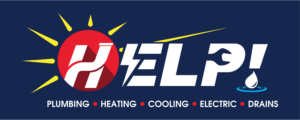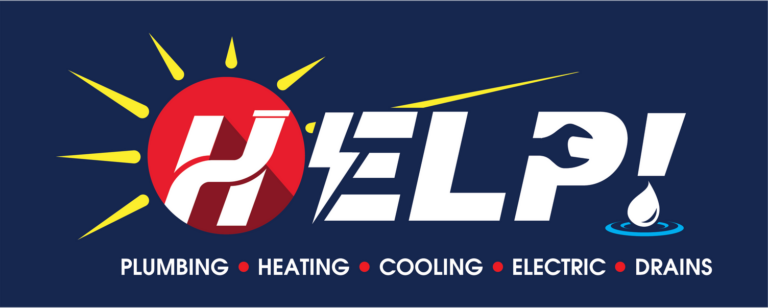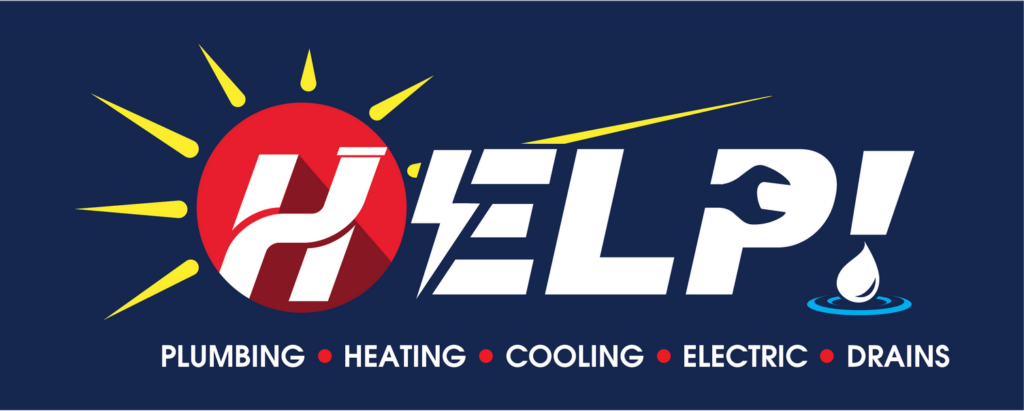The government has known certain hydrochlorofluorocarbons (HCFC) contribute to the depletion of the ozone layer that protects Earth and its inhabitants from deadly solar radiation. As a result of decades of research and studies, the Environmental Protection Agency (EPA) has finally initiated a phase-out of HCFC-22 (also known as R-22), a refrigerant that’s frequently used in air conditioning systems.
Here’s what you need to know about this change and what you can do to prepare for the complete phase out.
Complete Elimination by 2030
The EPA’s timetable has HCFC-22 being completely eliminated from public use by the year 2030. However, the organization actually started the phase out process in 2010 with a ban on the production or importation of any appliance or equipment that uses the substance.
You don’t have to stop using your appliance if it was made with this refrigerant, though, as companies can still manufacture HCFC-22 until 2020 to service equipment made before January 1, 2010.
Nevertheless, the phase out of this refrigerant will still affect you in a couple of significant ways. The EPA wants to reduce the use of HCFC-22 by 99.5-percent by 2020, which means the substance may become harder to obtain as the date grows closer. This may result in an increase in the refrigerant’s price which, in turn, may lead to higher repair costs if your air conditioner springs a leak and needs to be refilled.
There is also the possibility the EPA may introduce rules to regulate the use and management of HCFC-22 as the 2020 date approaches. For instance, consumers and businesses may be required to install technology onto their air conditioners that detects leaks and get their units repaired within a certain amount of time to avoid fines.
Disposing of appliances that use HCFC-22 may also be a little more time consuming as the EPA generally wants to prevent these units from showing up in landfills and other places where they can do a significant amount of environmental harm.
Luckily, there’s still time to make some changes that may lessen the impact this phase out has on your life.
Two Options for Dealing with a HCFC-22 Phase Out
The first thing you need to determine is whether your air conditioner uses HCFC-22. Although you may have purchased you’re A/C unit after January 1, 2010, that doesn’t guarantee it doesn’t use this refrigerant, as the appliance could’ve been manufactured before this date.
You can find out what type of refrigerant your A/C uses by looking at the nameplate, which is usually located outside the condenser unit. It may say HCFC-22 or R-22. Alternatively, you can call the manufacturer for this information or have a professional technician take a look at the appliance and figure it out for you.
If your A/C does use HCFC-22, there are a couple of ways you can deal with the problem. The best option is to replace the unit with a new appliance that uses a more environmentally friendly refrigerant, especially if you have an older air conditioner that has entered the last few years of its lifespan.
Not only will you avoid many of the problems that may arise from trying to get an outdated machine serviced, you’ll enjoy improved energy efficiency as well as the increased convenience that modern air conditioners offer, such as remote operation by smartphone app.
Air conditioners can last 10 to 15 years when they are well maintained. If your appliance is still going strong or you don’t want to replace it completely, your other option is to have the condenser, evaporator coil, and refrigerant line changed out to parts that can use other approved refrigerants.
The cost for either of these options will vary depending on the circumstances, age of your air conditioner, and your preferences.
For more information about the phase out of HCFC-22 or replacing your existing air conditioning unit, call an experienced technician. They can also help you determine what to do with your old unit before HCFC-22 is completely phased out.


